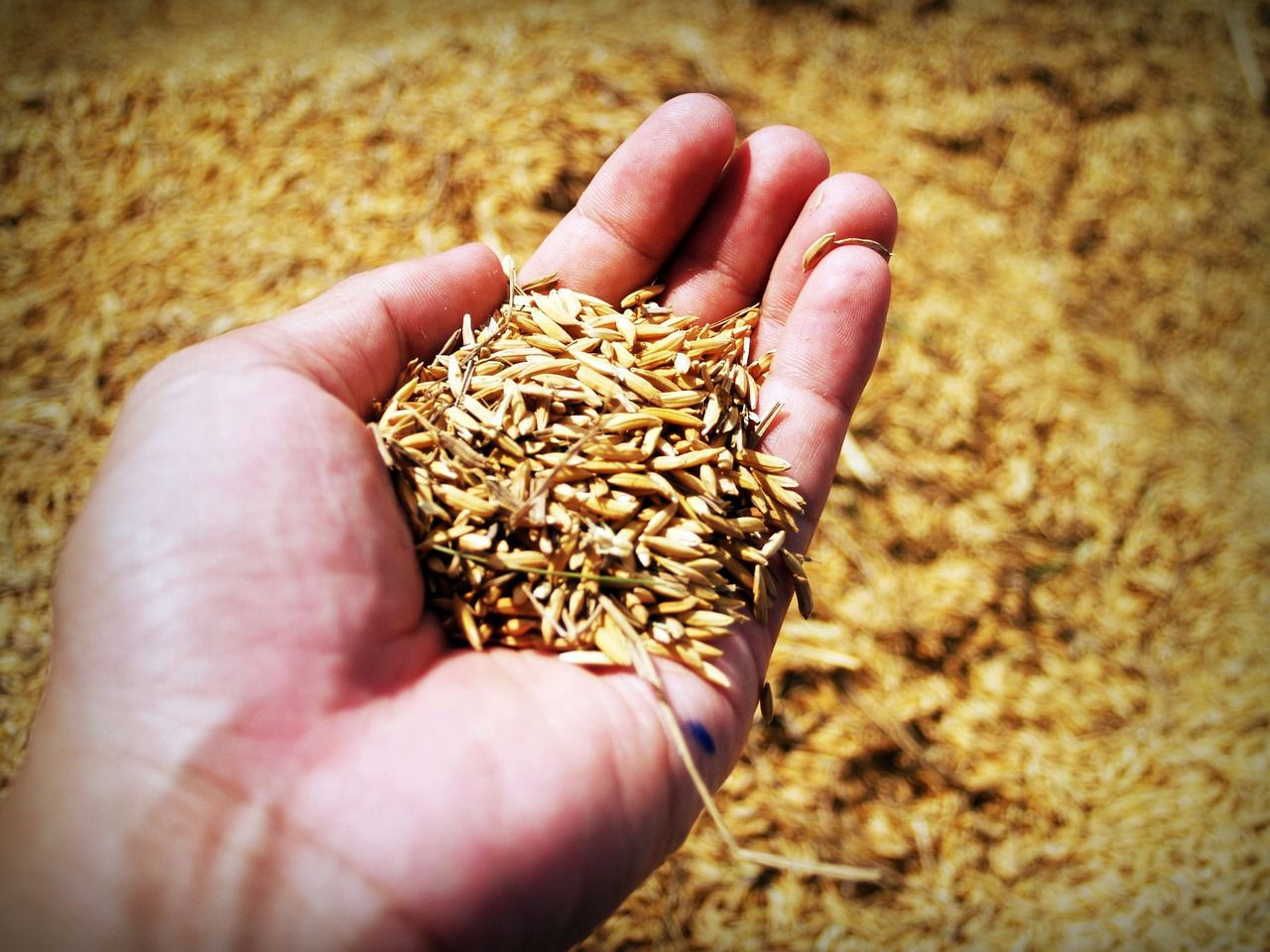White and brown rice are different in terms of their appearance, taste, nutritional content, and processing methods.
These differences arise from the way they are processed and the parts of the rice grain that are retained during that process.
Let's find out more!
Processing
During processing of white rice, the outer husk, bran, and germ layers of the rice grain are removed, leaving only the starchy endosperm.
Brown rice undergoes minimal processing, where only the outer husk is removed, leaving the bran and germ layers intact.

As a result, brown rice retains its natural tan color and retains more nutrients.
Nutritional Content
The refining process strips away the bran and germ layers of white rice, which are rich in essential nutrients such as fiber, vitamins (B-complex vitamins), minerals (like magnesium and phosphorus), and antioxidants.
As a result, white rice is primarily composed of carbohydrates and lacks many of the nutrients found in brown rice.
Due to its minimal processing, brown rice is considered a whole grain and retains its nutritional value.
It contains more fiber, vitamins, minerals, and antioxidants, making it a more nutrient-dense choice compared to white rice.
Digestion and Blood Sugar Impact
The refining process breaks down the white rice grain into a form that is quickly digested and absorbed, leading to a rapid spike in blood sugar levels.
The presence of fiber and other nutrients in brown rice slows down digestion and helps regulate blood sugar levels, making it a more favorable option for individuals concerned about blood sugar control.













